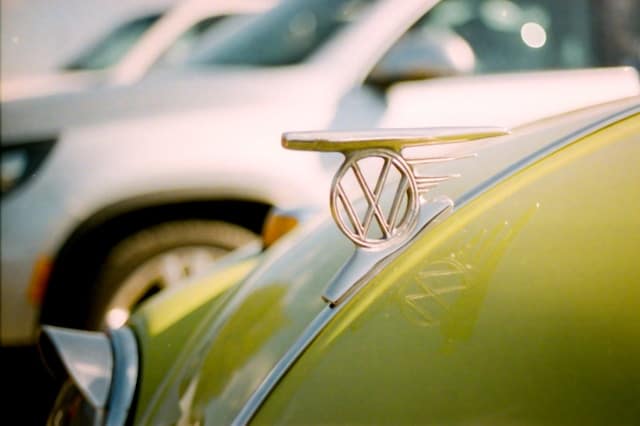Keeping Your Classic Car Rust-Free All Year Round
 Classic cars tell stories of eras gone by—sleek lines, chrome accents, and irreplaceable character. But with age comes a persistent enemy: rust.
Classic cars tell stories of eras gone by—sleek lines, chrome accents, and irreplaceable character. But with age comes a persistent enemy: rust.
At Chaney’s Collision Centers, we understand the effort and love you invest in your vintage vehicle. Here’s how to safeguard your classic from corrosion all year long and preserve its charm for decades to come.
Why Rust Is Classic Cars’ Greatest Foe
Older vehicles are especially vulnerable to rust due to thinner factory coatings, designs with moisture-trapping cavities, and decades of exposure. Corrosion not only dulls the finish but threatens the car’s structure and value. Preventing rust isn’t a one-off job; it’s ongoing, proactive care.
Essential Year-Round Rust Prevention Strategies
1. Thorough Cleaning and Inspection
- Regular Washes: Dirt, salt, and road grime trap moisture against the car’s body, accelerating rust. Wash your classic frequently and pay extra attention to the undercarriage and wheel wells.
- Dry Completely: After each wash or drive in wet weather, dry the car thoroughly, especially hidden areas where water pools—like door sills and seams.
- Inspect Routinely: Look for signs of bubbling paint, discoloration, or flaking underseal. Early detection can stop surface rust before it spreads.
2. Professional Rust Treatments and Protective Coatings
- Cavity Wax: Apply cavity wax or rust inhibitors in door cavities, sills, and frame rails. These products protect inner sections that factory coatings may miss.
- Underbody & Chassis Coatings: Investing in a quality underbody sealant or wax-based protector shields the vehicle’s underside from water and salt. Ideally, apply these products every year—preferably during dry spells in autumn.
- Paint and Clear Coat Maintenance: If you spot scratches or chips, touch them up quickly to prevent bare metal exposure. Professional-grade primers and paints are crucial for repairs.
3. Climate-Controlled Storage
- Dry Garaging: The gold standard is storing your classic in a dry, well-ventilated garage. Humidity is rust’s silent accelerator—if possible, use a dehumidifier or desiccant packs.
- Use Car Covers Wisely: Choose a breathable car cover designed for classic vehicles. Avoid plastic tarps, as they can trap moisture against the paintwork.
- Elevate if Needed: If your storage area is prone to dampness, keeping the car off the ground helps air circulation and reduces condensation.
4. Routine Reapplication and Touch-Ups
- Annual Refresh: Each year, reapply underseal and cavity wax to guarantee lasting protection. Wax coatings can dry or crack with time, exposing vulnerable sections.
- Seal Exposed Metal: If you create access holes to spray cavity wax, always repaint and plug them to prevent future trouble spots.
5. Aftercare for Seasonal Use
- Rinse After Every Drive in Adverse Weather: If you venture out in wet, salty, or dirty conditions, rinse the car and dry it right away.
- Polish and Wax: A quality polish and wax regimen protects the paint, keeping water and contaminants at bay.
When to Seek Professional Help
DIY efforts go a long way, but serious rust or restoration needs call for the experts. Choose professionals with classic car experience—like Chaney’s Collision Centers—to guarantee lasting repairs using the latest rust-inhibiting technologies and meticulous attention to detail.
Conclusion
Keeping your classic car rust-free all year round requires regular cleaning, strategic rust treatments, climate-conscious storage, and annual reapplication of protective coatings. Combine these steps with expert support, and your cherished vehicle will remain a time-capsule on wheels—turning heads for generations to come.

